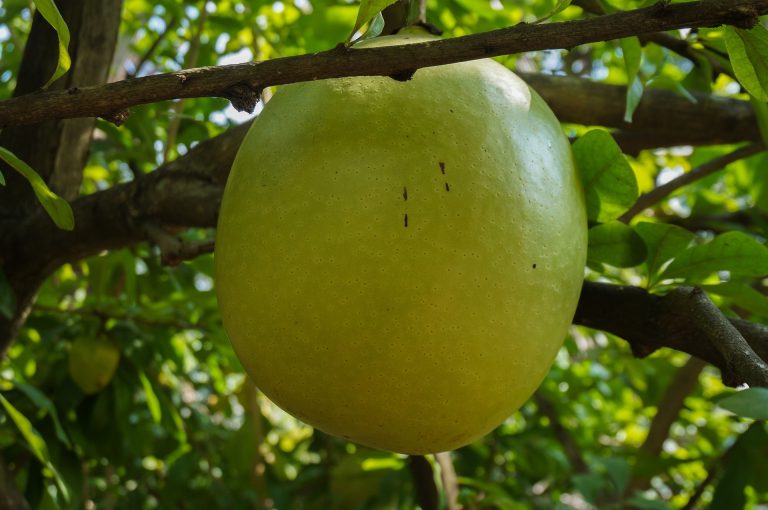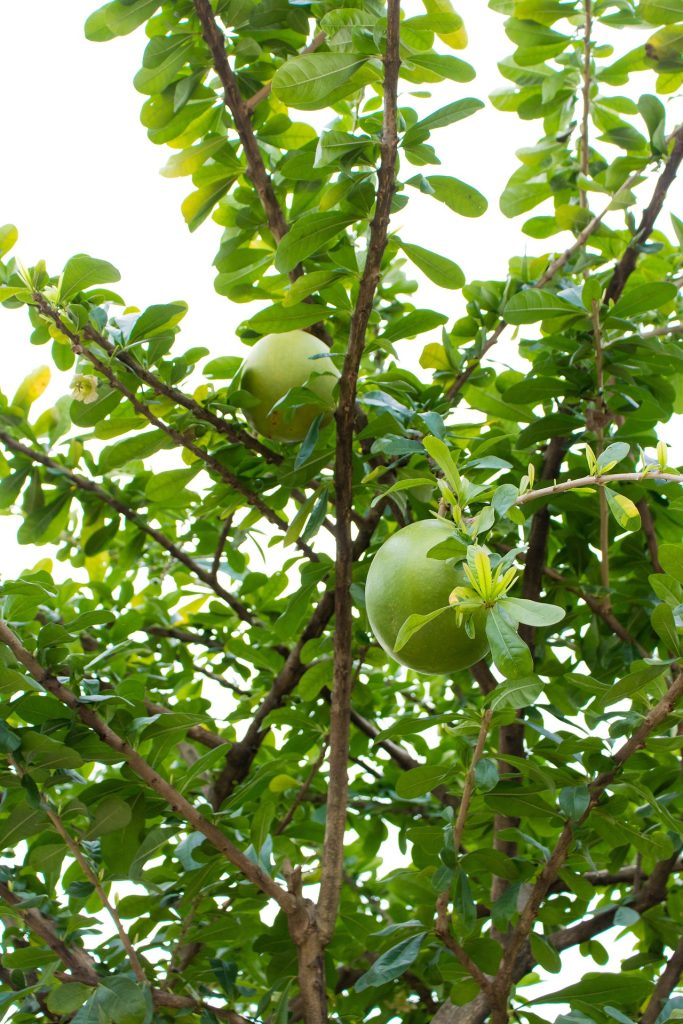Calabash: A Comprehensive Exploration of its Botanical Characteristics, Cultural Significance, Culinary Uses, and Practical Applications
Introduction
Calabash, scientifically known as Crescentia cujete, is a tropical tree species native to regions of Central and South America, the Caribbean, Africa, and parts of Southeast Asia. Revered for its unique fruit and versatile uses, calabash holds significant cultural, culinary, and practical importance in various societies. This article delves into the botanical features, cultural traditions, culinary applications, and practical uses of calabash, offering an in-depth exploration of this fascinating plant.

Botanical Characteristics and Varieties
Calabash belongs to the family Bignoniaceae and is characterized by its large, gourd-like fruit and broad, spreading canopy. The tree typically reaches heights of 5 to 10 meters, with glossy green leaves and tubular flowers that vary in color from white to yellowish-green. The fruit of the calabash tree is technically a berry, with a hard, woody shell that matures into a thick, durable vessel.
There are several varieties of calabash trees, each producing fruit with varying sizes and shapes. In some cultures, such as in parts of Africa and the Caribbean, specific varieties are preferred for their suitability in crafting utensils, containers, and musical instruments.
Cultural Significance and Traditional Uses
Calabash has deep-rooted cultural significance in many societies, where it has been utilized for centuries in various practical and ceremonial contexts:
- Craftsmanship: The hard, woody shell of the calabash fruit is traditionally used to create containers, bowls, and utensils. These items are often hand-carved and polished, showcasing intricate designs and craftsmanship. In some cultures, calabash vessels are used for serving food, storing water, or as decorative art pieces.
- Music and Rituals: Calabash has been integral to traditional music and rituals in many cultures. The fruit’s shell is used to craft musical instruments such as maracas, drums, and rattles, producing distinctive sounds that accompany dances, ceremonies, and spiritual practices.
- Culinary Uses: In regions where calabash trees grow, the fruit’s flesh and seeds are occasionally consumed after proper preparation. While not widely consumed for food due to its bitter taste and toxicity when raw, some communities have culinary practices involving cooked or fermented calabash flesh.
- Symbolism and Beliefs: Calabash holds symbolic importance in folklore and beliefs, representing fertility, abundance, and protection in various cultural narratives. Its association with sustainability and natural resources underscores its role in traditional livelihoods and practices.
Botanical Features and Growth Habit
The calabash tree thrives in tropical and subtropical climates, preferring well-drained soils and ample sunlight. It is resilient to drought conditions once established and can be found in diverse habitats ranging from coastal regions to inland forests. The tree’s ability to produce large, durable fruits makes it a valuable resource for communities seeking sustainable materials for daily use and craftsmanship.
Nutritional and Medicinal Properties
While calabash is primarily valued for its practical and cultural uses, it also possesses certain nutritional and medicinal properties:
- Nutritional Content: The flesh of mature calabash fruit, when properly prepared, contains small amounts of vitamins and minerals such as vitamin C, calcium, and phosphorus. However, its bitter taste and toxicity when raw limit its direct consumption as a food source.
- Medicinal Uses: In traditional medicine practices, extracts and preparations from calabash have been used to treat various ailments such as gastrointestinal disorders, skin conditions, and respiratory infections. The fruit’s seeds and leaves are sometimes employed in herbal remedies, although caution is advised due to potential toxicity.
- Antimicrobial Properties: Research indicates that certain compounds found in calabash may possess antimicrobial activity against pathogens, suggesting potential applications in natural medicine and pharmaceutical research.
Practical Applications and Modern Uses
In contemporary contexts, calabash continues to find practical applications and artistic expressions:
- Craftsmanship and Artistry: Artisans and craftsmen worldwide continue to create decorative and functional items from calabash shells, including bowls, vases, and ornamental pieces. All these set of items often showcase traditional designs and techniques passed on through generations.
- Environmental Sustainability: The use of calabash in craftsmanship promotes sustainability by utilizing natural, biodegradable materials. This eco-friendly approach aligns with global efforts to reduce plastic consumption and support traditional handicraft industries.
- Culinary Innovation: While not widely consumed as food, efforts are underway to explore culinary innovations involving calabash fruit, such as developing recipes for cooked or fermented dishes that mitigate its bitter taste and potential toxicity.

Challenges and Conservation Efforts
Despite its cultural and practical significance, calabash faces challenges related to habitat loss, climate change, and unsustainable harvesting practices. Conservation efforts are essential to protect calabash trees and promote sustainable use of their resources. Initiatives include:
- Raising Awareness: Educating communities and consumers about the ecological importance and cultural value of calabash trees.
- Supporting Traditional Crafts: Encouraging sustainable harvesting practices and fair trade initiatives that benefit local artisans and preserve cultural heritage.
- Research and Development: Investing in research to explore the nutritional potential and medicinal properties of calabash, while ensuring safety and sustainability.
Future Directions and Conclusion
Calabash exemplifies the intersection of nature, culture, and practicality, offering a rich tapestry of uses and symbolism across diverse societies. As global awareness grows, continued research and conservation efforts are crucial to safeguarding calabash trees and their cultural legacy. The fruit’s resilience and versatility underscore its enduring relevance in traditional crafts, sustainable practices, and potential innovations in culinary and medicinal fields.
In conclusion, calabash serves as a testament to the ingenuity of human creativity and the enduring connection between people and their natural environment. Its botanical characteristics, cultural significance, and practical applications highlight its role as a symbol of tradition, sustainability, and artistic expression. As we navigate the complexities of a changing world, calabash stands as a reminder of the value in preserving biodiversity, supporting local communities, and embracing cultural diversity through the lens of a humble yet profound tropical tree.

